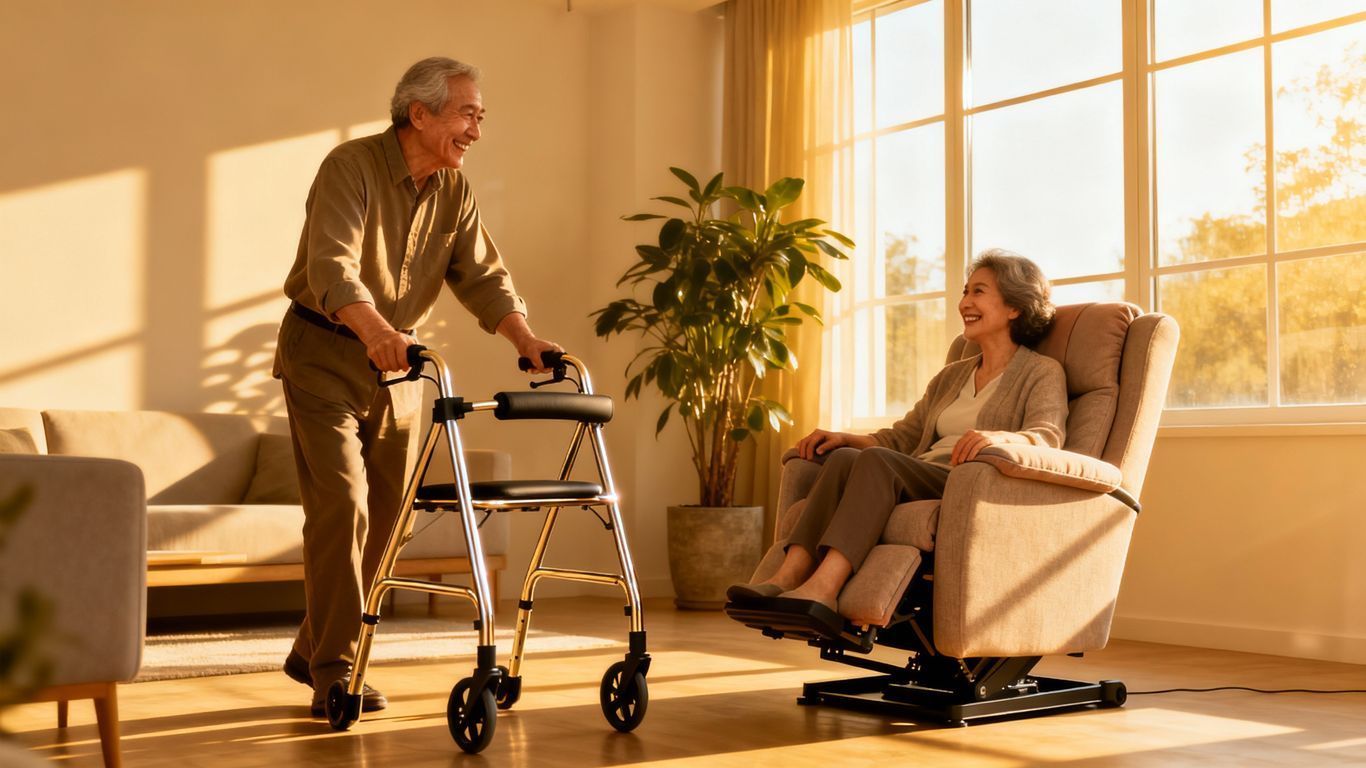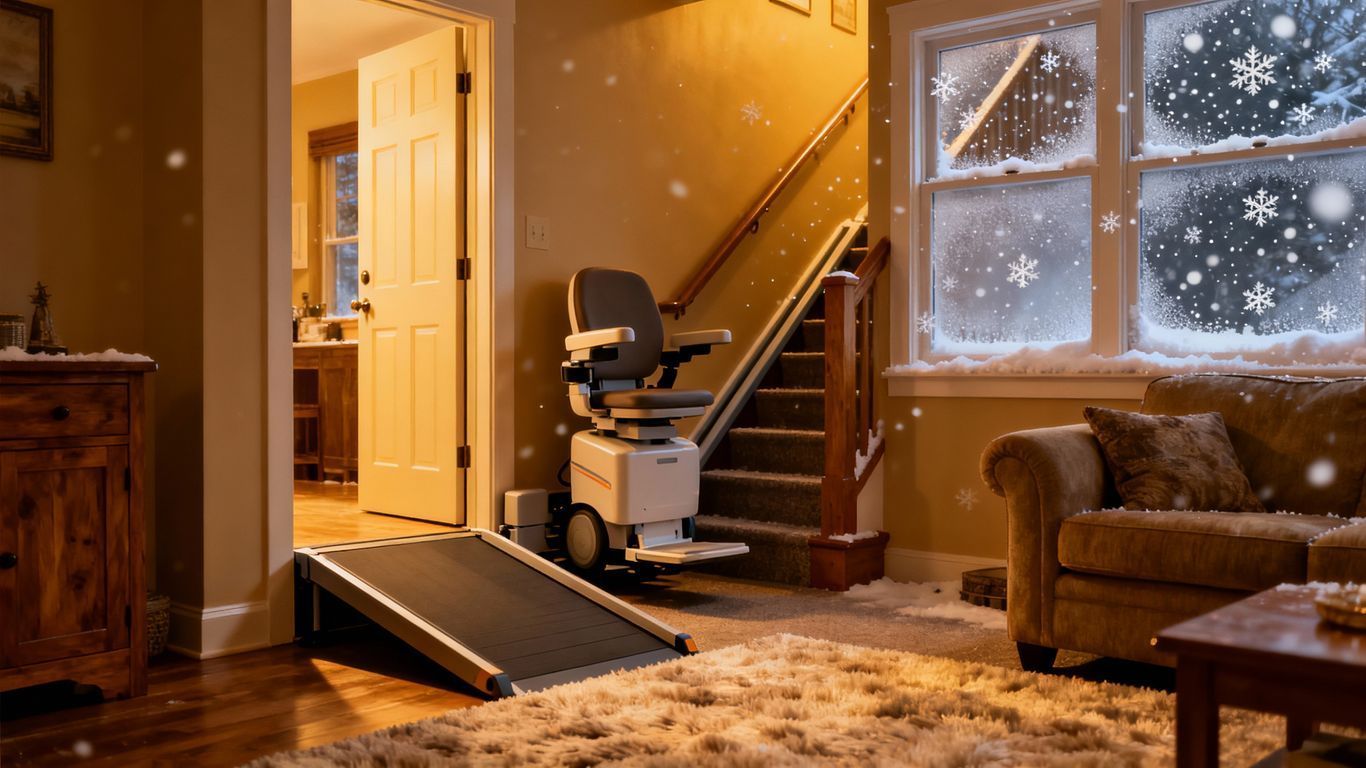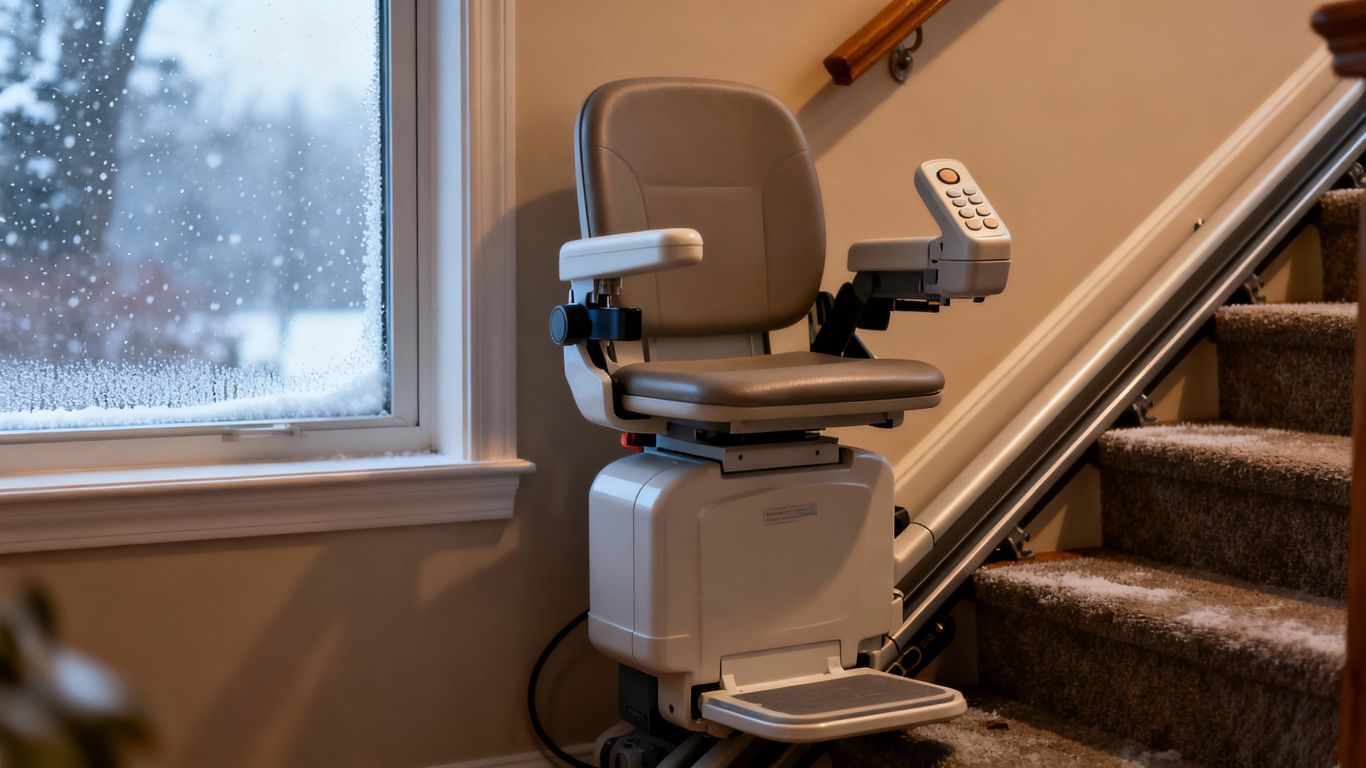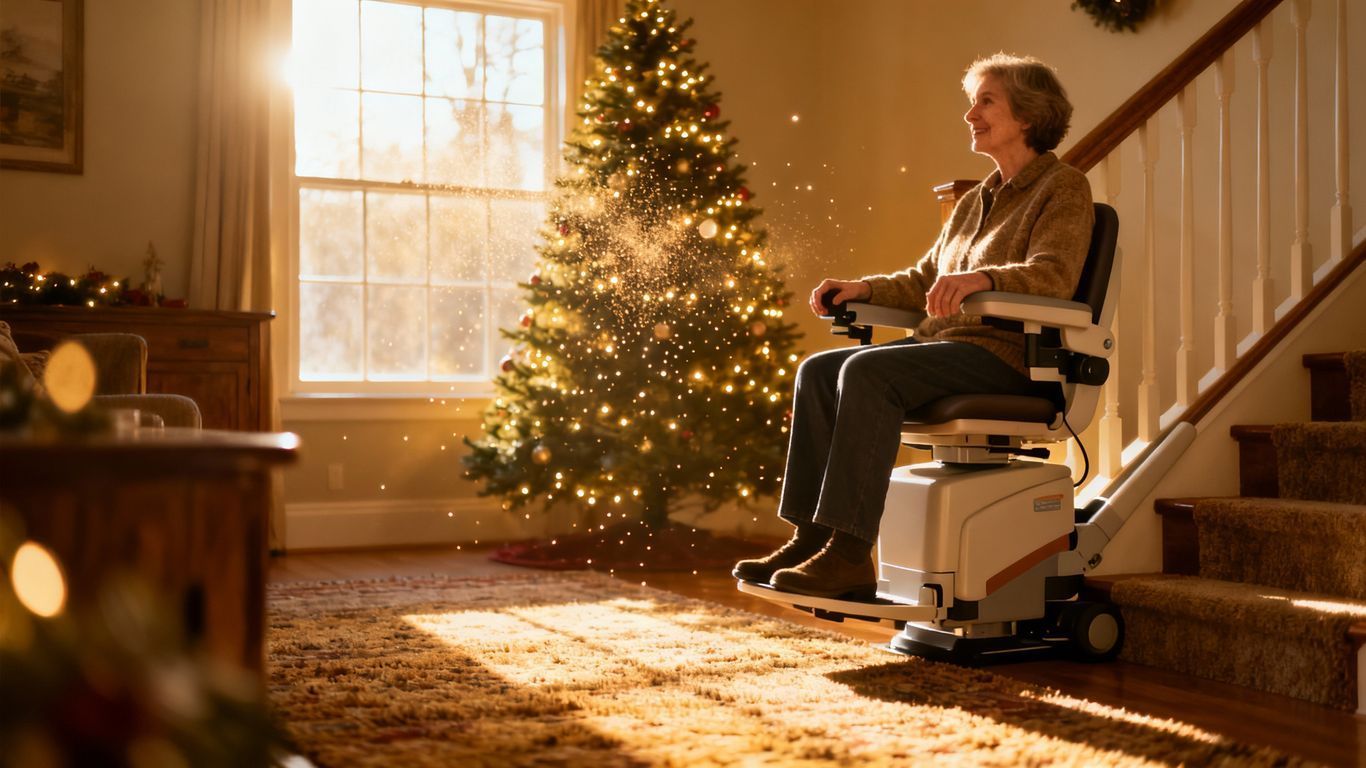Best Wheelchair Vans for Long-Distance Travel in 2025: Top Picks in North Georgia & Chattanooga
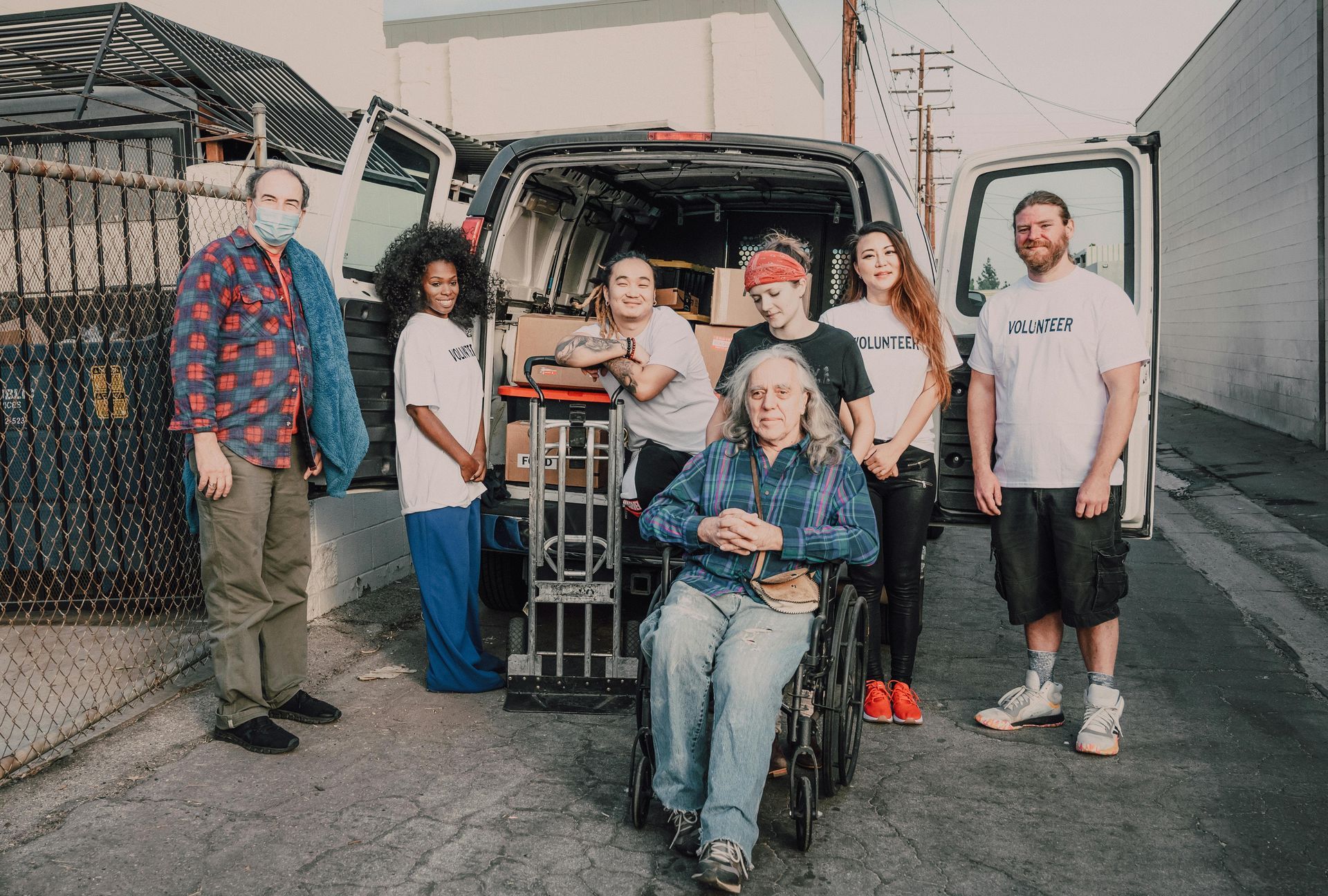
Planning a long road trip when you need a wheelchair accessible van can feel like a big deal. You want something reliable, comfortable, and ready for those long stretches of highway. Good news! We've checked out some of the best wheelchair vans for 2025 that are perfect for extended travel, especially if you're looking around North Georgia or need Chattanooga accessible vans. We'll go over what makes each one a good choice for your next adventure.
Key Takeaways
- The Chrysler Pacifica is a top pick for its smooth ride and modern features, making long drives easier.
- Toyota Sienna models are known for being very dependable and often hold their value well, which is good for your wallet.
- The Honda Odyssey offers a lot of space inside and a comfortable cabin, great for families on the go.
- For those who like a classic, the Dodge Grand Caravan still gets the job done and is often a more budget-friendly option.
- When looking for Chattanooga accessible vans, consider how much room you need and how far you plan to travel to pick the best fit.
1. Chrysler Pacifica
The Chrysler Pacifica has become a pretty popular choice for wheelchair conversions, and for good reason. It offers a good balance of space, comfort, and features that make long trips much easier. It's not just about getting from point A to point B; it's about doing it in a way that's actually enjoyable, especially when you're dealing with mobility challenges.
Here's why the Pacifica stands out:
- Spacious Interior: Plenty of room for both the wheelchair user and other passengers.
- Smooth Ride: The suspension is designed for comfort, which is a big plus on long drives.
- Available Features: You can get it with all sorts of bells and whistles, like advanced safety tech and entertainment systems.
The Pacifica's design really considers the needs of wheelchair users. The conversion process is usually pretty straightforward, and you end up with a van that feels both functional and stylish. It's a solid option if you're looking for something that doesn't scream "medical transport."
When considering a Pacifica for long-distance travel, keep these points in mind:
- Conversion Quality: Make sure you go with a reputable conversion company. The quality of the conversion can make or break the experience. A poorly done conversion can lead to rattles, leaks, and other issues down the road.
- Fuel Economy: It's a minivan, so don't expect hybrid-level fuel economy, but it's not terrible either. Plan your fuel stops accordingly, especially on those longer stretches.
- Maintenance: Regular maintenance is key to keeping any vehicle running smoothly, but it's even more important with a converted van. Stick to the recommended service schedule to avoid any unexpected breakdowns.
2. Toyota Sienna
The Toyota Sienna has consistently been a top pick for families, and its wheelchair-accessible conversions make it an excellent choice for long trips. It's got a reputation for reliability, which is a big plus when you're planning to cover a lot of miles.
The Sienna offers a smooth ride and decent fuel economy for a minivan, making it a comfortable and practical option. Accessibility features are readily available through various conversion companies, so you can customize it to fit your specific needs.
Here's what makes it stand out:
- Spacious interior: Plenty of room for passengers and cargo, even with a wheelchair.
- Available all-wheel drive: Provides extra traction and stability in various weather conditions.
- Hybrid powertrain: Offers good fuel efficiency, saving you money on gas during long journeys.
The Sienna's reliability and available features make it a strong contender for anyone looking for a wheelchair-accessible van. It's a practical choice that doesn't compromise on comfort or convenience.
3. Honda Odyssey
The Honda Odyssey is a solid choice if you're looking for a reliable minivan to convert into a wheelchair van. It's been a popular family vehicle for years, and that reputation for dependability extends to the accessible vehicle market. The Odyssey offers a smooth ride and a spacious interior, making it a comfortable option for long trips.
It's not the flashiest van out there, but it gets the job done. Here's what makes it a contender:
- Reliability: Hondas are known for lasting a long time, which is important for a vehicle you're planning to use for years to come.
- Spacious Interior: Plenty of room for wheelchair conversions and passengers.
- Good Resale Value: If you ever decide to sell, you'll likely get a decent return.
The Odyssey's lower ground clearance compared to some other vans might limit conversion options slightly, but many converters have found effective solutions. It's worth exploring what's available to see if it meets your specific needs.
When considering a Honda Odyssey for conversion, think about the type of conversion you need. Do you need a side-entry or rear-entry ramp? How much interior space do you require for maneuvering? These are important questions to ask before you start the process. You can find wheelchair vans at various dealerships.
4. Dodge Grand Caravan
The Dodge Grand Caravan, while maybe not the flashiest option, is a solid choice if you're looking for something practical and reliable for long trips. It's been around for a while, so you can often find good deals on both new and used models. It's a workhorse, plain and simple.
Here's what makes it a decent pick for wheelchair conversions:
- Affordability: It's generally less expensive than some of the other vans on this list, which can free up budget for the actual conversion.
- Space: It offers a good amount of interior space, making it suitable for various wheelchair layouts.
- Availability: Because it was produced for so long, finding a Grand Caravan for conversion is usually pretty easy.
The Grand Caravan might not have all the bells and whistles of some newer vans, but its simplicity can be a real advantage. Fewer fancy electronics mean fewer things to potentially break down on the road, which is always a plus when you're traveling long distances.
It's worth noting that Dodge stopped making the Grand Caravan in 2020, so you'll be looking at used models. But that doesn't mean they're not worth considering. Just be sure to get a thorough inspection before you buy, especially if you're planning on adding a wheelchair conversion.
5. Ford Transit Connect
The Ford Transit Connect is a solid choice if you're looking for something smaller than a full-size van but still need good space and accessibility. It's pretty fuel-efficient, which is a big plus for long trips. It's also easier to park and maneuver in cities like Chattanooga than larger vans.
The Transit Connect is known for its versatility and affordability.
Here's what makes it a good option:
- Compact size: Easier to drive and park.
- Fuel efficiency: Saves money on long trips.
- Customizable: Can be modified for wheelchair access.
The Ford Transit Connect offers a practical balance between size, fuel economy, and accessibility, making it a popular choice for individuals and families needing a wheelchair accessible vehicle for both city driving and longer journeys. It's a good option to consider if you're looking for wheelchair accessible van rentals that are easy to handle.
6. Mercedes-Benz Metris
The Mercedes-Benz Metris offers a compelling blend of size and capability, making it a solid choice for long trips, especially if you don't need the immense space of a full-size van. It's smaller and more maneuverable than something like a Sprinter van, which can be a real plus in cities like Chattanooga or when navigating winding roads in North Georgia.
- Good fuel economy compared to larger vans.
- Available with various upfit options for wheelchair accessibility.
- More garage-friendly than full-size vans.
The Metris isn't perfect; some find its engine a bit underpowered when fully loaded, particularly on steep inclines. However, its overall practicality and Mercedes-Benz build quality make it a contender for those seeking a balance between size and efficiency. It's definitely worth considering if you're looking for a wheelchair van that's easy to live with day-to-day, not just on long trips. It's a great option for those who want a smaller, more fuel-efficient van without sacrificing too much space.
7. Ram ProMaster City
The Ram ProMaster City is an interesting option if you're looking for something a little smaller than a full-size van but still need decent cargo space and accessibility. It's definitely worth considering, especially if you're mostly sticking to city driving and don't need to haul a ton of gear. I've seen a few of these converted, and they can be surprisingly comfortable for shorter trips.
The ProMaster City offers a more compact footprint, making it easier to maneuver in urban environments. It's not as luxurious as some of the other options, but it's generally more affordable, which is a big plus for many people. Plus, it's pretty fuel-efficient for its class, which can save you money on those long road trips. When considering a vehicle, the ProMaster is a versatile choice.
Here are a few things to keep in mind:
- It's smaller than the standard ProMaster, so space is limited.
- The ride can be a bit rougher compared to larger vans.
- Customization options might be more limited than with other models.
I think the ProMaster City is a solid choice if you're on a budget and don't need a ton of space. It's practical, reliable, and relatively easy to convert for wheelchair accessibility. Just be sure to test drive it and see if it meets your specific needs before making a decision. The fuel economy is a real selling point, especially with gas prices these days.
8. Nissan NV200
The Nissan NV200 is a compact option, and while it might not be the first choice for extensive cross-country trips, it can still work, especially if you're traveling solo or as a couple. It's smaller than some of the other vans on this list, which can be a plus in terms of fuel economy and maneuverability in cities like Chattanooga. However, that smaller size also means less space for wheelchair users and their companions, so it's important to consider your specific needs.
Here's what to think about:
- Size Matters: The NV200's compact dimensions are both a pro and a con. Easy to park, but limited interior space.
- Conversion Options: You'll need to find a conversion company that specializes in the NV200 to ensure a proper and safe wheelchair accessible conversion.
- Budget-Friendly: It's generally more affordable than larger vans, which can be a big plus if you're on a tighter budget.
The NV200 is a good option for those who prioritize fuel efficiency and ease of driving in urban environments. However, it's crucial to carefully assess whether the limited space meets your accessibility requirements for long-distance travel. Consider the interior height for comfortable seating.
9. Chevrolet Express
The Chevrolet Express is a full-size van that's been around for a while, and it's known for its durability and capability. It's a workhorse, plain and simple. While it might not have all the fancy tech or the most modern design, it gets the job done, especially if you need a lot of space.
It's definitely more of a traditional van, so keep that in mind if you're looking for something with a smoother ride or better fuel economy. But for those who need a reliable and spacious option, the Express is worth considering.
Here's what you should know:
- It's available in multiple configurations, so you can customize it to fit your needs.
- It offers a lot of interior space, making it suitable for wheelchair conversions.
- It's a popular choice for commercial use, which means parts and service are generally easy to find.
The Chevrolet Express is a solid choice if you prioritize space and reliability over modern features. It's a no-frills option that can handle heavy-duty tasks and provide ample room for passengers and cargo, making it a practical choice for wheelchair conversions.
10. GMC Savana
The GMC Savana is a full-size van that's been around for a while, and it's known for its durability and capability. It's a workhorse, plain and simple. If you need space and don't mind a more basic interior, it could be an option, especially if you're looking for something that can handle a lot of weight or towing.
The Savana isn't winning any awards for fuel efficiency or modern features, but it gets the job done. It's a traditional van that prioritizes function over form, which can be a plus for some people.
Here are a few things to consider:
- It's available in multiple configurations, including passenger and cargo versions.
- It has a strong frame, which is good for heavy-duty use.
- The interior is pretty basic compared to newer vans on the market.
The GMC Savana is a solid choice for anyone needing a dependable van. It's known for being tough and getting the job done, whether you're hauling gear or people. Want to see how it stacks up against other vans? Check out our full breakdown on our site!
Conclusion
So, there you have it. Picking out a wheelchair van for those longer trips, especially around North Georgia and Chattanooga, doesn't have to be a huge headache. We've gone over some good options, and hopefully, this helps you figure out what might work best for you. Think about what you really need, like how much space you want or what kind of ramp setup makes sense. It's all about finding that perfect fit so you can hit the road with no worries. Happy travels!
Frequently Asked Questions
What should I look for in a wheelchair van for long-distance travel?
Looking for the best wheelchair van for long trips means thinking about a few key things. You'll want a van that's comfortable for everyone, has enough room for all your stuff, and gets good gas mileage. It also needs to be super reliable so you don't break down far from home. Make sure the ramp or lift works smoothly and is easy to use, and that the inside is set up well for a wheelchair.
Can I rent a wheelchair van for a trip?
Yes, many wheelchair vans can be rented for a short time. This is a great idea if you only need one for a special trip or if you want to try out different types before you buy. You can usually find rental places in bigger cities or through companies that specialize in accessible vehicles. Just make sure to book ahead, especially during busy travel times.
How much does a wheelchair van usually cost?
The cost of a wheelchair van can change a lot depending on the kind of van, how old it is, and what special features it has. A brand new, fully converted van can be pretty expensive, but used vans are often more affordable. Don't forget to also think about the cost of insurance and keeping it running. Sometimes, there are programs or grants that can help with the cost, so it's worth checking those out.
Are wheelchair vans harder to drive than regular vehicles?
When you're driving a wheelchair van, especially a bigger one, it's a bit different than driving a regular car. They can be longer and wider, so you need to be extra careful when turning and parking. The added weight of the conversion and the wheelchair can also change how it handles, so take it easy at first. Always make sure the wheelchair is properly secured before you start driving.
What kind of maintenance does a wheelchair van need?
To make sure your wheelchair van lasts a long time and stays safe, you need to take good care of it. This means getting regular oil changes, checking the tires, and making sure the brakes are in good shape. It's also really important to have the wheelchair lift or ramp checked often by someone who knows how to fix them. Keeping up with maintenance helps prevent problems and keeps your van running smoothly.
Are there any financial assistance programs for buying a wheelchair van?
Yes, there are often ways to get help paying for a wheelchair van. Some government programs might offer grants or loans. Also, some non-profit groups or charities help people with disabilities get the transportation they need. It's a good idea to talk to a financial advisor or a social worker who specializes in disability resources; they can point you to helpful programs.

